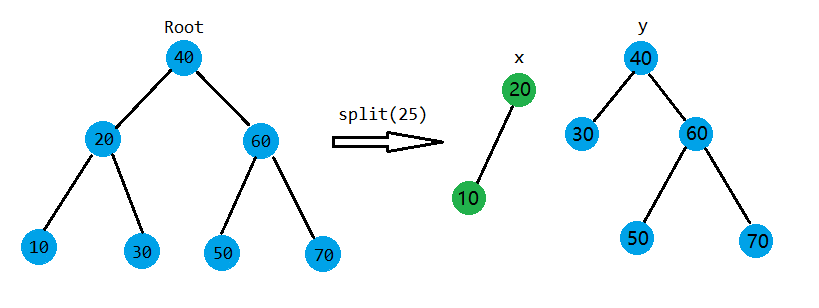

"This really represents a new frontier in looking at the metabolism of cancer," said Haigis, associate professor of cell biology at Harvard, and senior author of the paper. Glucosinolate type and quantity vary depending on size and quality of the horseradish root. In prostate cancer and acute myeloid leukemia, levels of PHD3 were significantly lower than that of other typical sugar-loving cancers. Horseradish contains cancer-fighting compounds known as glucosinolates. Breast cancer at age 45 or younger Male breast cancer Ovarian cancer Three or more family members with the following cancers on the same side of the family: (breast and/or prostate) or (uterine/endometrial and/or colorectal) Filling this form does not guarantee insurance coverage or account for all reasons to get hereditary cancer testing. Indeed, by combing through databases of human cancers, Haigis’ team found exactly what they were looking for. University of Maryland Medical System genetic counselors can identify your risk for passing or inheriting cancer and determine a treatment plan. Higher PHD3, then, should be found in tumors that love sugar, whereas PHD3 levels should be low in tumors that love fat. As it turns out, PHD3 blocks fat metabolism, which promotes glucose breakdown for energy. Malignant tumors are Cancers that spread to other parts of your body. Your hair loss will continue throughout your treatment and up to a few weeks afterward. Resorption of tooth roots and malignant tumors. It could fall out very quickly in clumps or gradually. You'll likely notice accumulations of loose hair on your pillow, in your hairbrush or comb, or in your sink or shower drain. Hair usually begins falling out two to four weeks after you start treatment. The protein is known as prolyl hydroxylase 3 (PHD3). It could fall out very quickly in clumps or gradually. Led by Marcia Haigis, the Harvard team identified a key protein that regulates when fat cells get burned for cancer’s consumption. Fat-loving cancers include acute myeloid leukemia and prostate cancer – two of the more common cancer types that can’t be starved by cutting the glucose supply. But for a few cancers, scientists were perplexed at how cancer cells were able to use fat instead of sugar. Only when the sugar supply runs low does cancer turn to fat instead. Via regulating apoptosis and autophagy in breast cancer cells J Ethnopharmacol. Via regulating apoptosis and autophagy in breast cancer cells The anticancer activity of root extract from Quercus acutissima Carruth.


Most tumors rely on glucose and other sugar forms as their main fuel for growth. The anticancer activity of root extract from Quercus acutissima Carruth. The results have the potential to broaden therapies against these fat-loving cancer types. And now, scientists at the Harvard Medical School are beginning to understand exactly how this happens. Most of the time, sugar is its preferred source of energy, but in some rare instances, cancer appears to favor fat over sugar. Cancer has an insatiable appetite for the body’s nutrients.


 0 kommentar(er)
0 kommentar(er)
